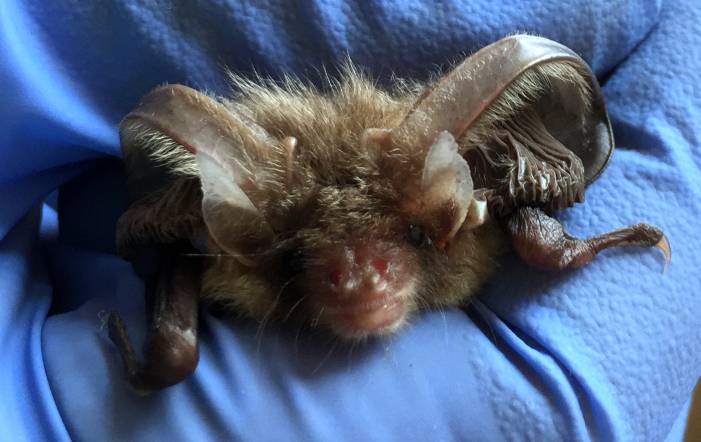Bat surveys – new guidance requires a change in survey approach
May 2024
Bat surveys – new guidance requires a change in survey approach
Revised guidance in respect of bat surveys was published in autumn 2023 with subsequent minor updates issued in early 2024. The guidance represents a major revision to the approach to bat survey work with a raft of technical updates and changes in terminology throughout. In particular the guidance revises the way surveys should be carried out in respect to three main areas:
Bat surveys of buildings and other structures
The primary update in respect of surveying for buildings is the need to now utilise night vision aids (typically infra-red cameras) at dusk to search for emerging bats, rather than for coverage to be provided by ecologists alone. This is a welcome update to the guidance as it is highly preferential, and significantly more effective, to the use of human surveyors (who cannot see in the dark) and fully validates the value of this technique which Aspect Ecology has been utilising for many years.
As a further update, dawn re-entry surveys are no longer used for presence / absence surveys due to the fact that many bat species return to roost several hours before sunrise.
Bat surveys of trees
The approach to classifying the bat potential of trees is heavily revised under the guidance while the difficulty of subsequently undertaking surveys of trees is recognised. Consequently, climbing is now recommended as the standard method which should be utilised to survey individual trees.
Bat activity surveys
The approach to surveying bat activity at sites is heavily revised under the new guidance. There is now a reduced requirement for manual activity surveys, with these reduced to just one per season and these no longer need to follow prescribed transects with fixed listening stops, but rather these should be more reactive in their nature.
In their place, the guidance now requires an increased use of static bat detectors with these deployed monthly from April to October for sites containing medium and high value habitat.
Conclusion
The new guidance represents a significant evolution of approach and will lead to the collection of more accurate bat data from sites. However, it is more onerous in nature and accordingly we would recommend that bat surveys are commissioned as early as possible on sites to allow for the necessary suite of surveys to be carried out so as to comply with guidance wherever possible.
Follow Aspect Ecology on LinkedIn for all our latest news LinkedIn Page


